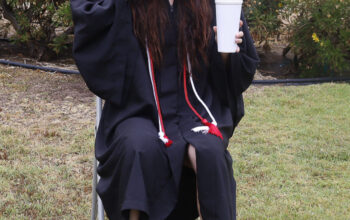A significant number of us constantly find ourselves attached to the lives of certain individuals depicted through our TV screens – often irresistibly.
Does anyone ever sit back and contemplate the potential effects that the constant serving of “real aimless drama” could have on the way we live our daily lives?
Reality TV consistently provides audiences with unnecessary drama.
In “Outliers: The Story of Success,” journalist, author and speaker Malcolm Gladwell explains that the amount of time needed to become “good” at something is 10,000 hours. “Good” sounds incredibly subjective, but imagine “good” describing Kobe Bryant as a basketball player or Bill Gates as a businessman.
Think of the Gladwell reference in this sense; once a regular viewer of reality TV becomes “good” at watching reality TV, they become experts on living the lives that are depicted on TV.
How does one get “good” at watching reality TV? Well, it is done the same way the greats of the present and past have honed their craft – through constant repetition.
Along with becoming good at watching reality TV, teenagers and young adults become accustomed to the regularity of the stereotypical lifestyle that comes with being young. Sex, drugs, partying and violence all become okay because these characters continuously send messages to the receivers that their lives on TV are an appropriate lifestyle.
Producers understand that some members of their audience who regularly tune in to their TV series present some willingness to suspend their knowledge of the fact that reality TV is fabricated in some fashion. If this was not the case for most audiences, how would popular shows such as “Keeping Up with the Kardashians,” “Jersey Shore” and the recently created “Ball in the Family” draw in so many viewers come air time?
While there are those who are savvy enough to comprehend the distinction between falsehood and reality, there are those who, unfortunately, view these TV series as a means of education. They observe the actions of these celebrities as an appropriate and acceptable way of handling real-life situations.
According to studies performed by statistic and analytics company Statistic Brain, the average American youth spends 1,200 hours watching TV per year. Of course, this does not account for the accessibility of reality TV through various media outlets such as personal computers and mobile devices. By the age of 18, the average person will have seen 150,000 violent acts on TV.
The stereotypical grounds which reality TV is setting in regards to race, gender and social behavior is something that will continue to plague the developing minds of teenagers and young adults.


